Apple fans, this is what a real flagship killer looks like


Apple fans, do you see this? As for the rest of you, refrain from saying anything! The flagship killer segment seems to be abandoned in stages by Chinese manufacturers who have long made it one of their strong suits. In fact, Apple seemed to have taken over this niche with the iPhone SE 2020, a somewhat recycled iPhone 8 (although with the Bionic A13 chipset), sitting prettily atop the best value-for-money throne. However, the Poco F2 Pro that was launched on Tuesday, May 12, threw this seeming shift of power out of the equation.
A Snapdragon 865 chipset accompanied by a 6.67-inch AMOLED screen without any edges or notches, a quadruple photo module with a 64MP Sony IMX686 main sensor at the back, all of that going for €499 ($539). The Poco F2 Pro may be a rebranded Redmi K30 Pro, but it isn't a mere rebadge job, as it has even been touted to be "the flagship we've all been waiting for", as my colleague David explained so well in his article on the launch of the potential 2020 price/performance champion.
The Poco F2 Pro snatches the best value-for-money throne from Apple
When the iPhone SE 2020 was released, it was celebrated as a flagship killer from Apple. A flagship processor with a (relatively speaking) budget price tag? I did share my thoughts on why such a device, if made for the Android platform, would not be touted to be a flagship killer.
Sure, the iPhone SE 2020 is cheaper than any OnePlus models released this year. However, I do not see the iPhone SE 2020 to be the actual flagship killer such as the devices that OnePlus and Xiaomi especially, have been able to produce. A Samsung smartphone sold for under €500 ($540) while sporting a 2018 design and rather lopsided hardware specifications would not have achieved such success.
At €499 ($539) for the basic 6GB/128GB configuration and €599 ($648) for the 8GB/256GB version, the Poco F2 Pro jumps right into the iPhone SE 2020's price range. If you were to compare the amount of bang you obtain from your buck, then the Poco F2 Pro certainly delivers far more hardware firepower.
Aside from the wireless/quick charging capability and 90/120 Hz refresh rate for the display, the Xiaomi Poco F2 Pro does deliver just about all a 2020 flagship should come with. Now, this is a feat that the iPhone SE cannot possibly claim, although to be fair, it was not what the iPhone SE set out to do in the first place.
The essence of a flagship killer...
The Pocophone F1 which was launched at €399 ($432) in 2018, turned heads with its high-end processor and performance, although the exterior was covered in plastic. The more expensive Poco F2 Pro continues with this vision, although it exudes a more premium look due to the external materials used. It comes with just about everything you would find in a premium smartphone priced at $1,000, albeit at half the price as I already mentioned.
So that is what makes the Poco F2 Pro a real flagship killer in my books. By offering as much as possible at the lowest possible price. That's why I say (I confess in a rather provocatively tone, too), that the iPhone SE 2020 is not a real flagship killer. Apple does not possess the flagship killer intent, and it was done on purpose. The iPhone SE 2020 makes it more accessible for people to experience what was once a more limited platform, owing to the traditionally more expensive pricing structure of iPhones. It was not meant to deliver a premium iPhone at a lower price point, but rather, a product that is pocket friendly to price-sensitive markets. It is a mid-range iPhone in essence, without the aim of competing against flagship models, unlike the Poco F2 Pro.
Like its illustrious predecessor, the Poco F2 Pro from Xiaomi is, therefore, a breath of fresh air in the era of flagship devices that cost $1,000 or more. I'm really looking forward to reviewing it.
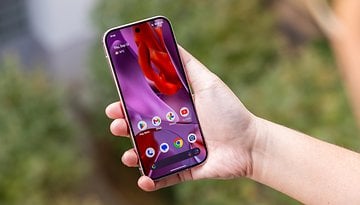
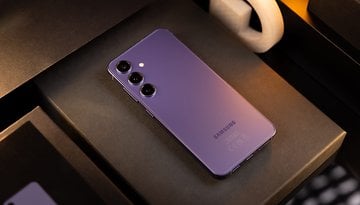
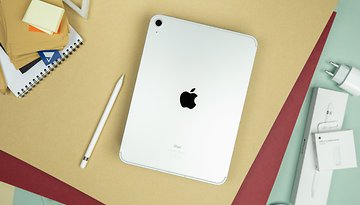
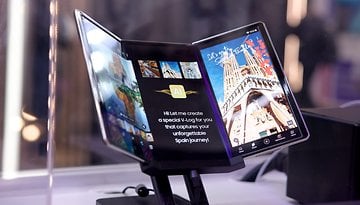

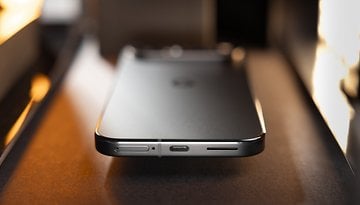





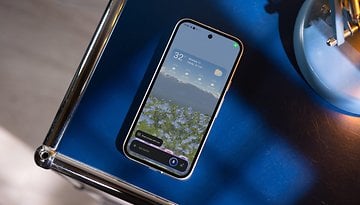


Phones should be rather compact enough to fit in your pocket . These all upcoming smartphones are more 'tablet' sized . I think they should focus more on efficiency in battery life and form factor . Else noone is interested in buying these glass blocks .
Even budget phones are traversing the same path nowadays. Give me a phone with a 6 inch immersive display , good budget SD chip not so costly and a good battery with expandable memory slot and low SAR Values.
-
Admin
May 16, 2020 Link to commentThe $ 1.000 flagships are dead. Consumers have other priorities now.Less cosmetic innovation,less flashy useless features, phones that can be fixed and last much longer, removable batteries... Just check how many of the installed apps and functions you really use and you will have a clear idea of what is essential and what is redundant (but paid for).
In the current generation you're wrong if think people really care about how long the smartphone is going to last. People now just care about the features, are they having the current best or not. Because any smartphone you buy is going to be outdated in less than 2-3 years.
-
Admin
May 17, 2020 Link to comment2 to 3 years would already be a progress. They have been trying to make us believe we had to change the phone every 6 months. Not having anymore removable batteries is part of this strategy and so are many of the components programmed to break down after a very short life or a predertmined number of uses
If you don't care about:
-wireless charge
-mono speaker
-no LPDDR5 on 6go model
-no IOS on camera
-USB-c version 2.0
-SD card port
-incurved screen
But you look for a smartphone with:
-an amazing full screen borderless and flat 6.67" amoled samsung with no hole,notch, etc..
-camera sensor sony imx686 RS 100% compatible gcam that provide amazings captures
-last snapdragon 865 processor
-big battery 4700mah
big question, quality sound from jack?